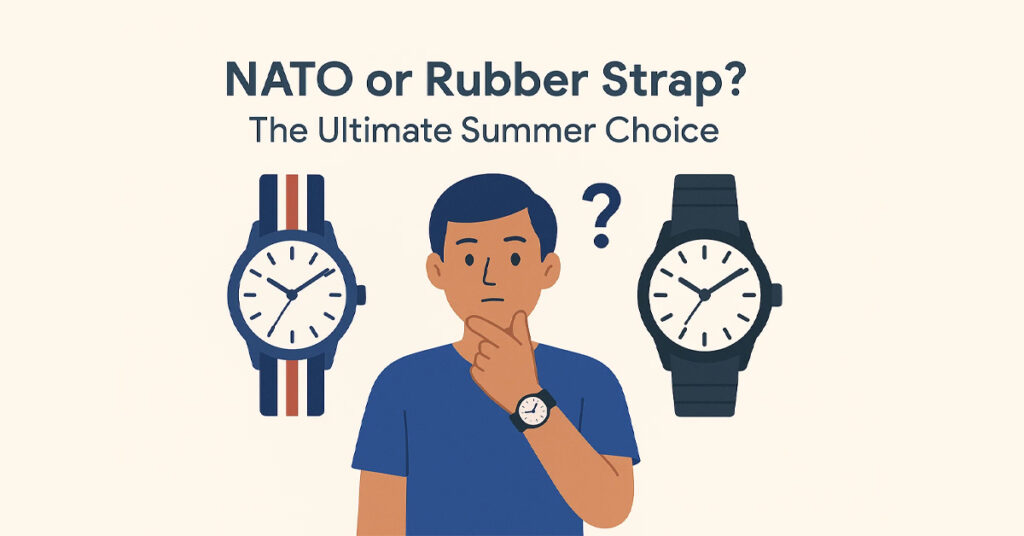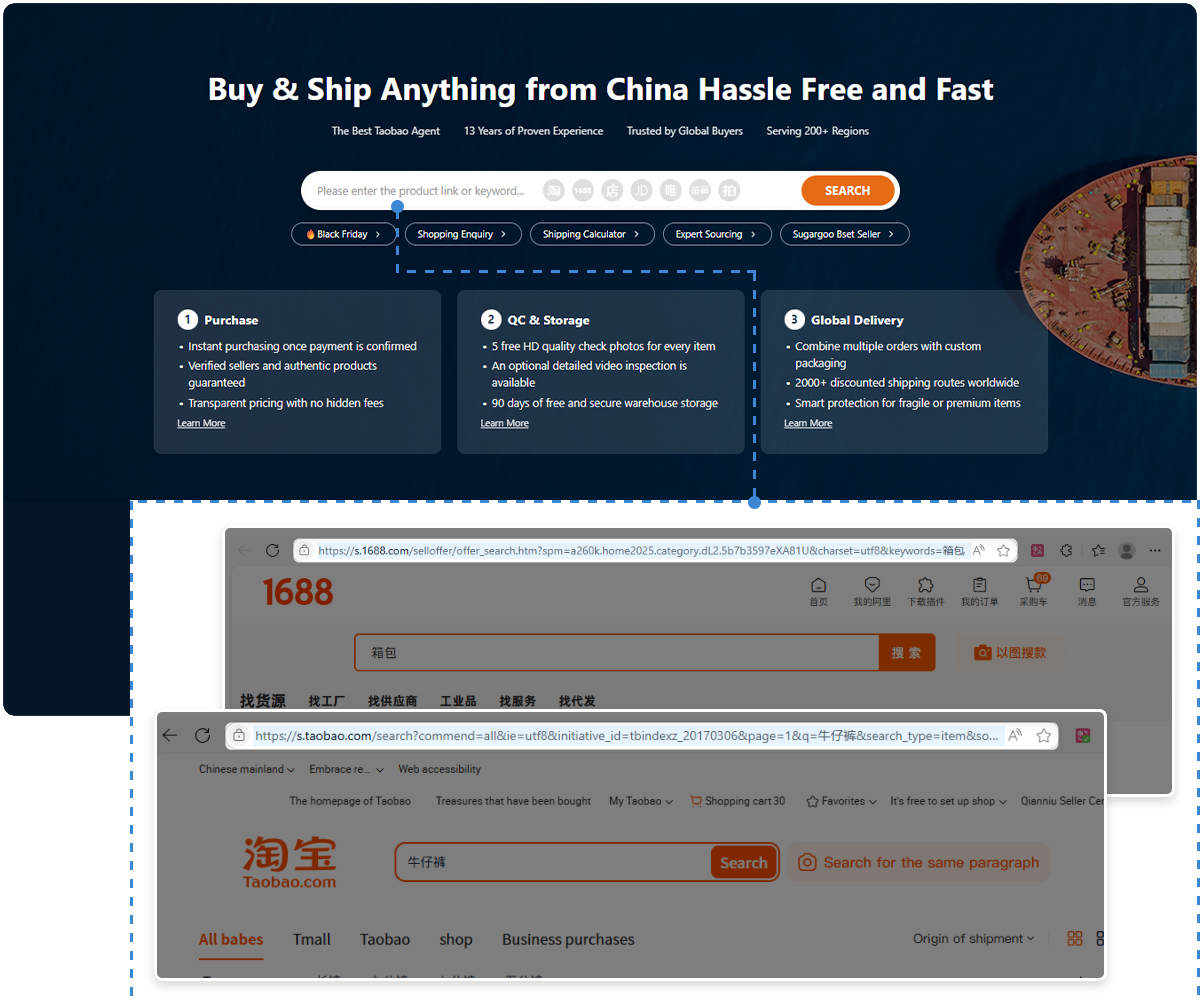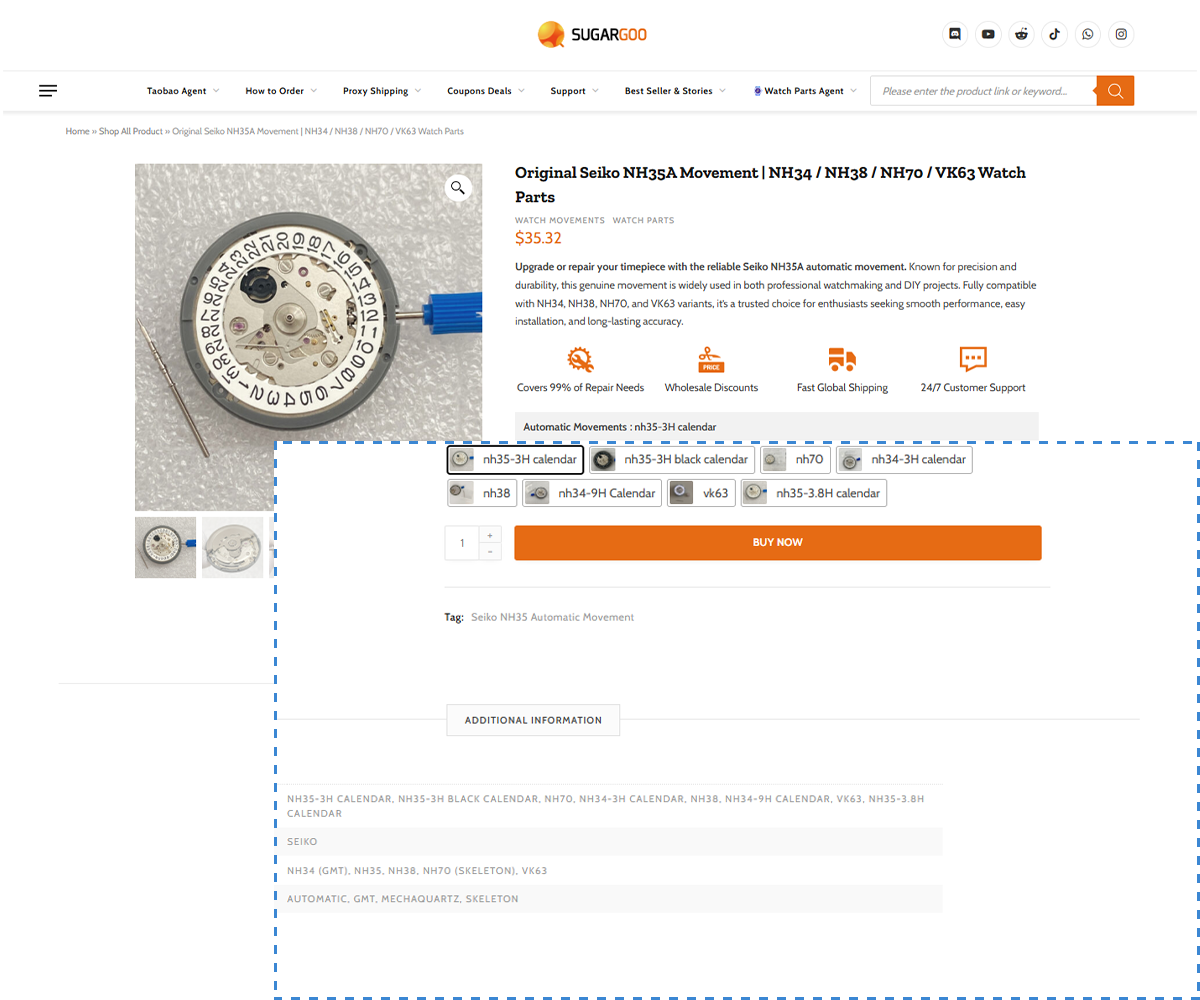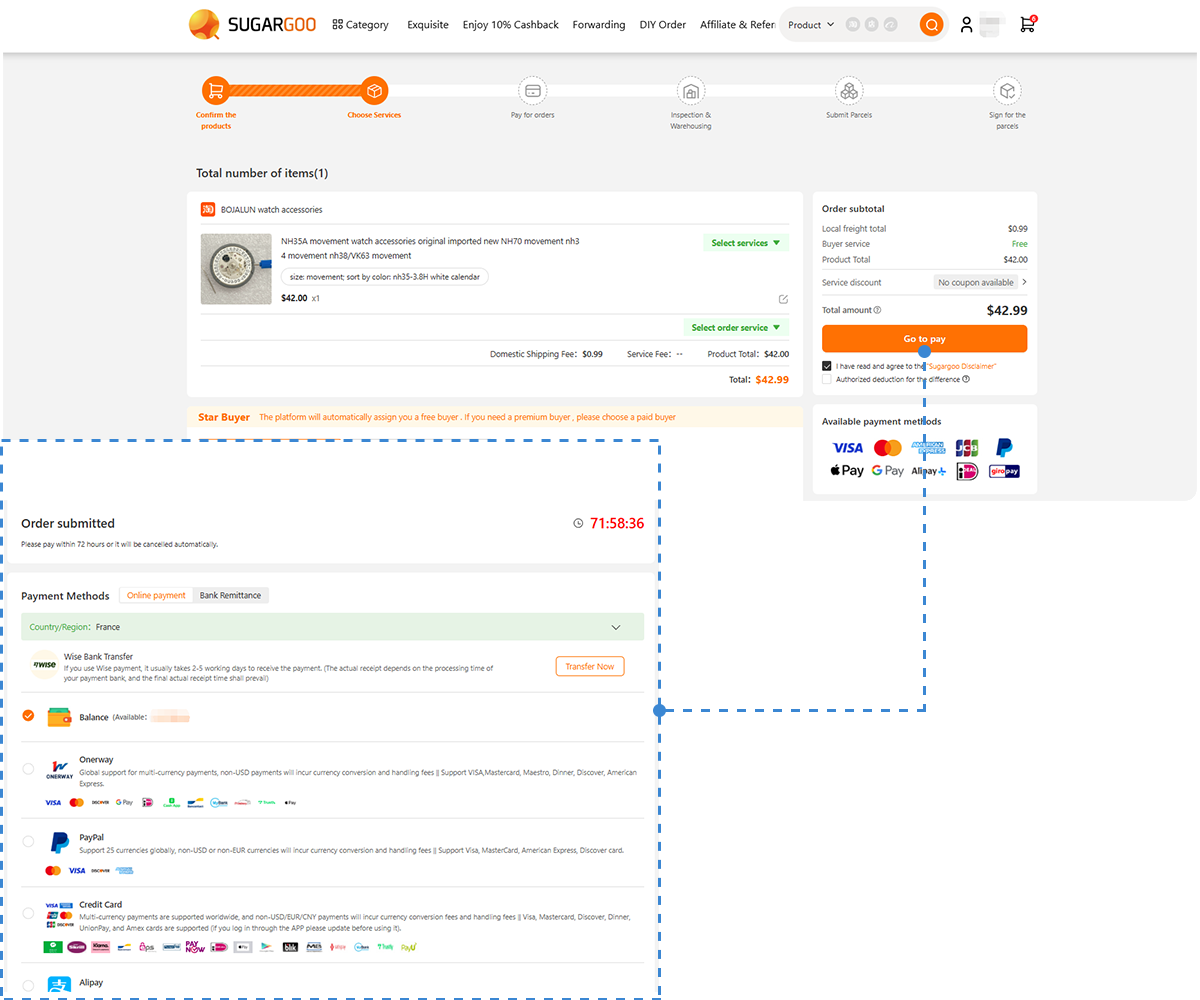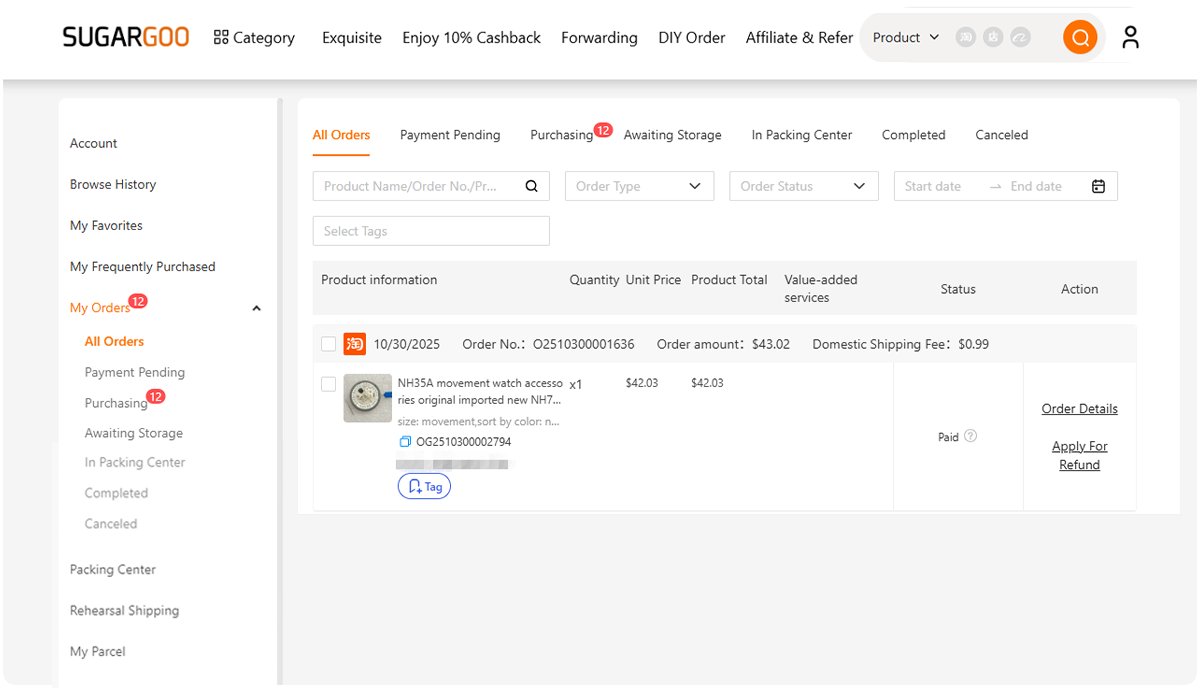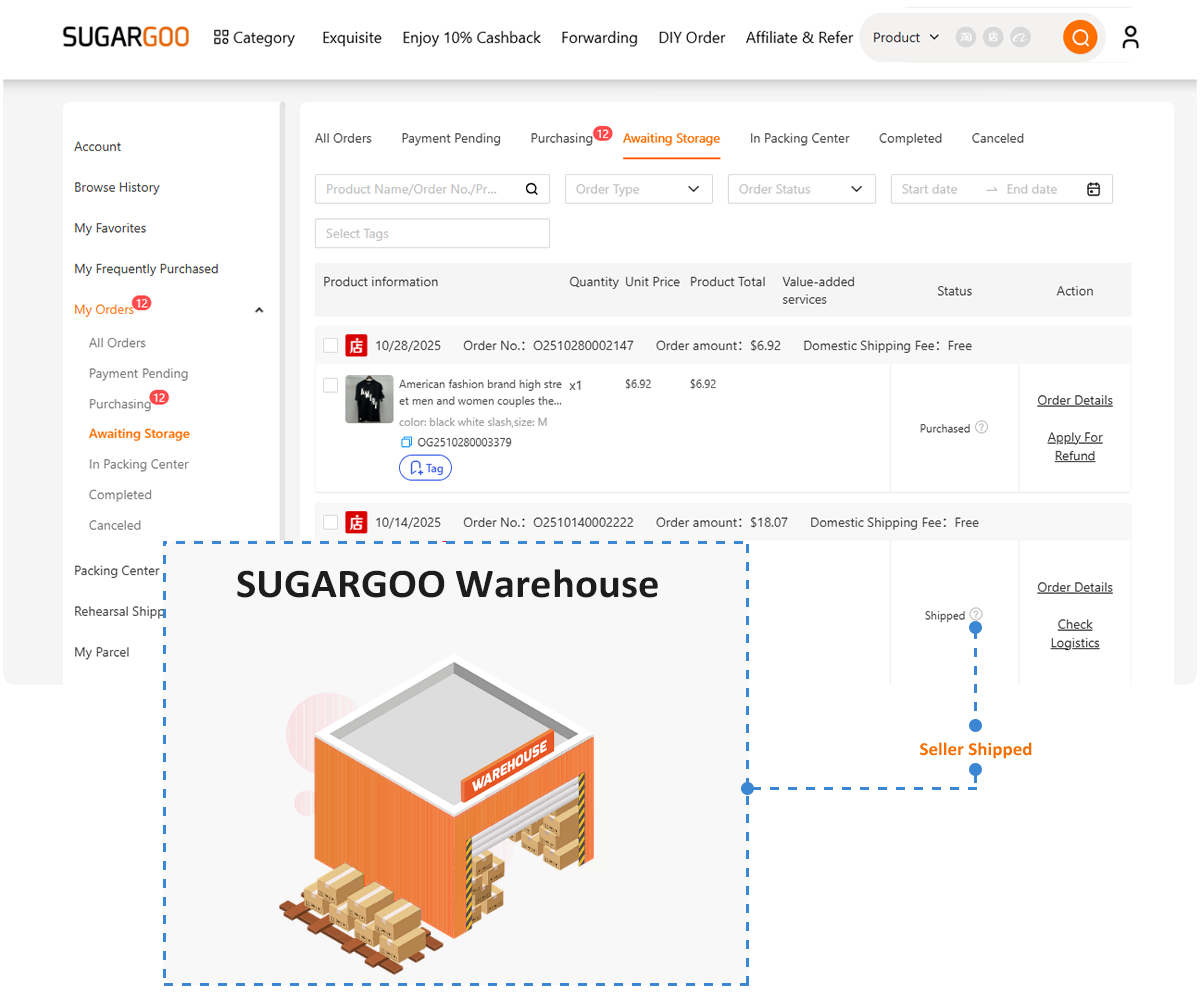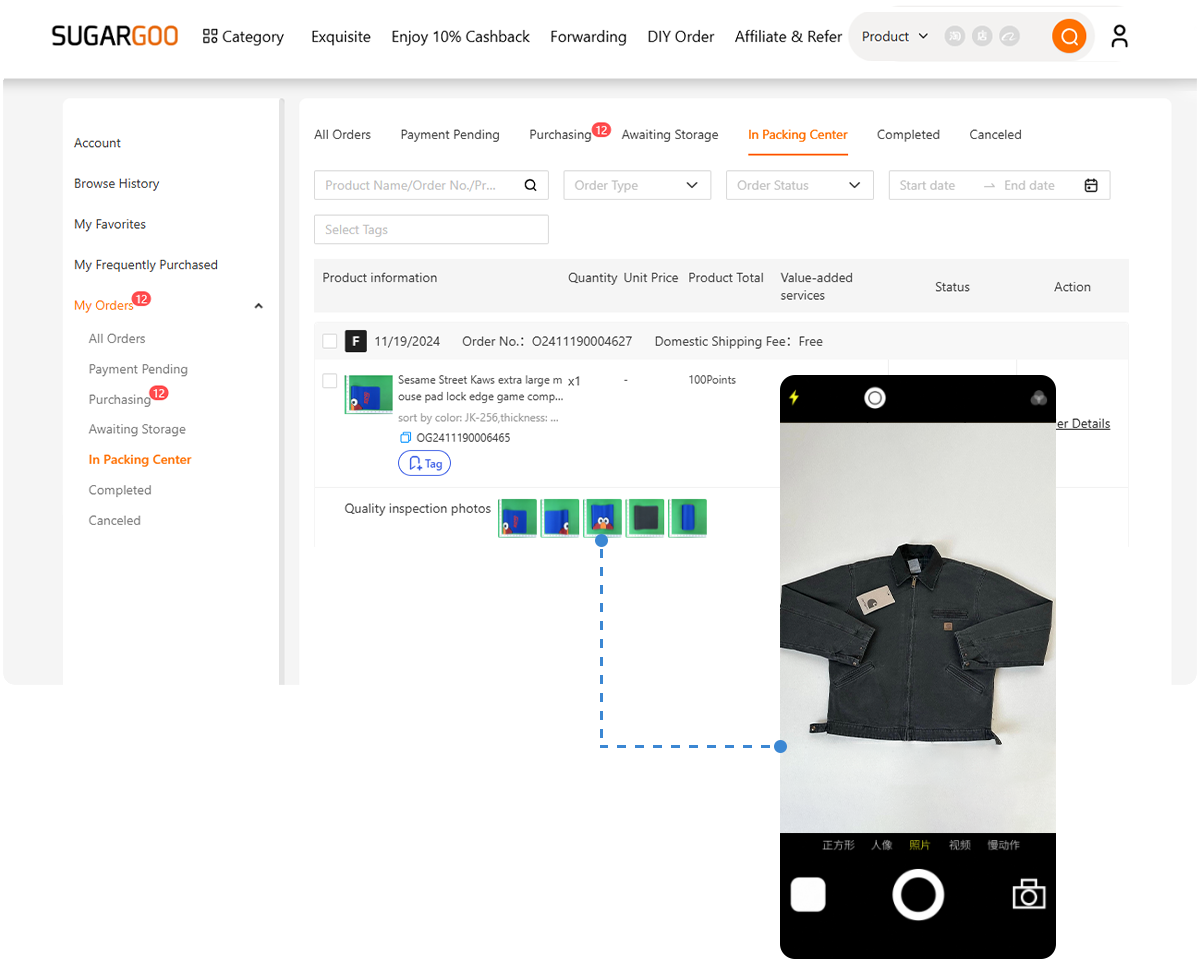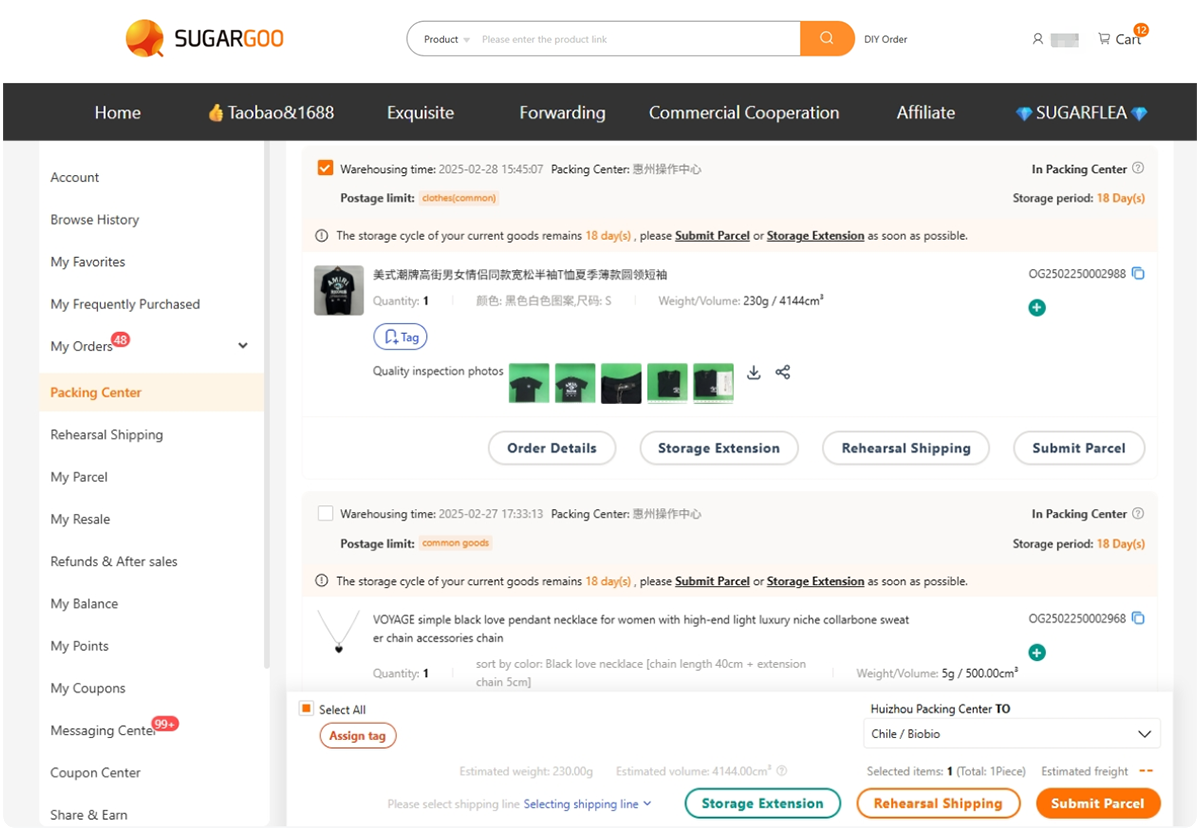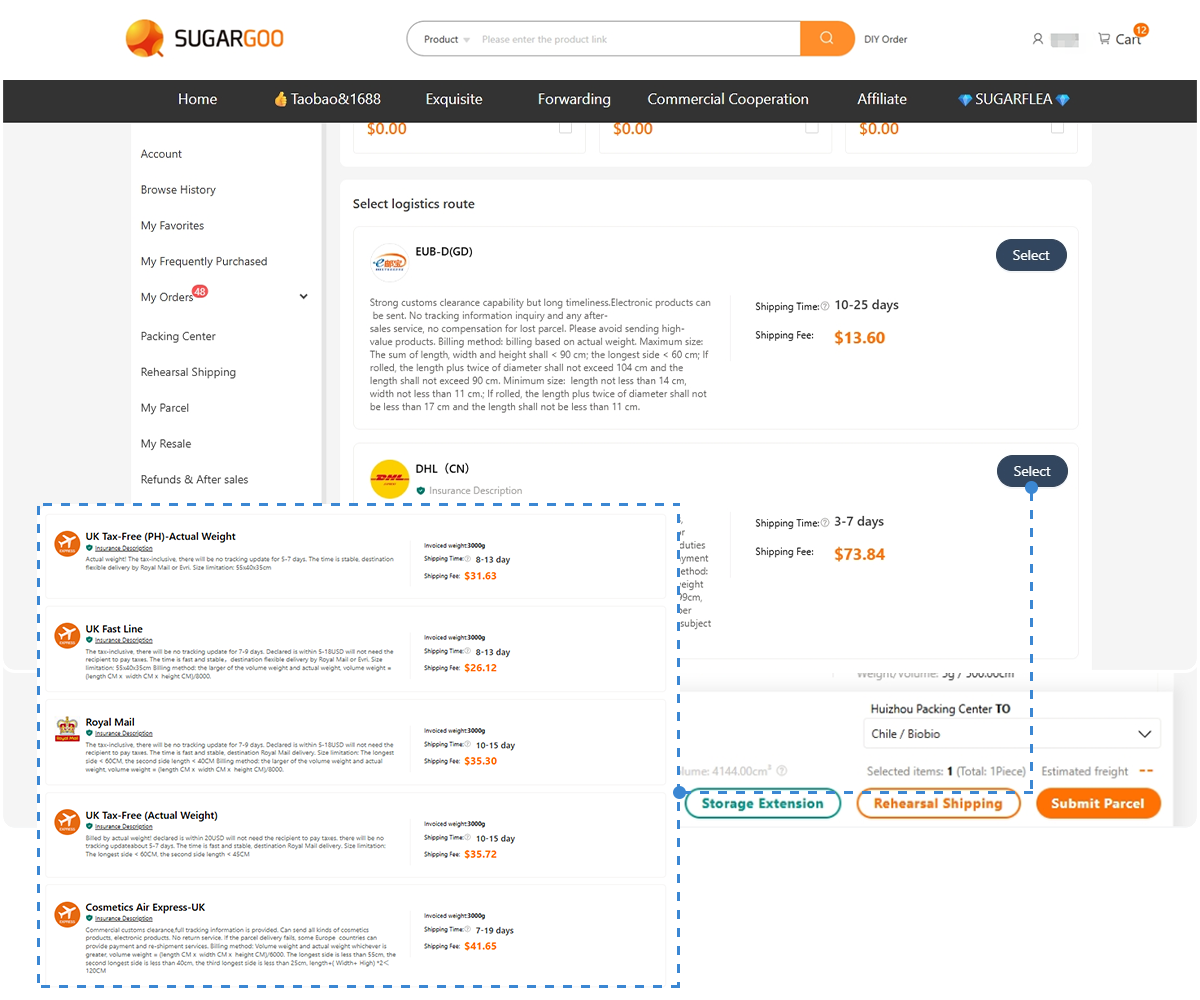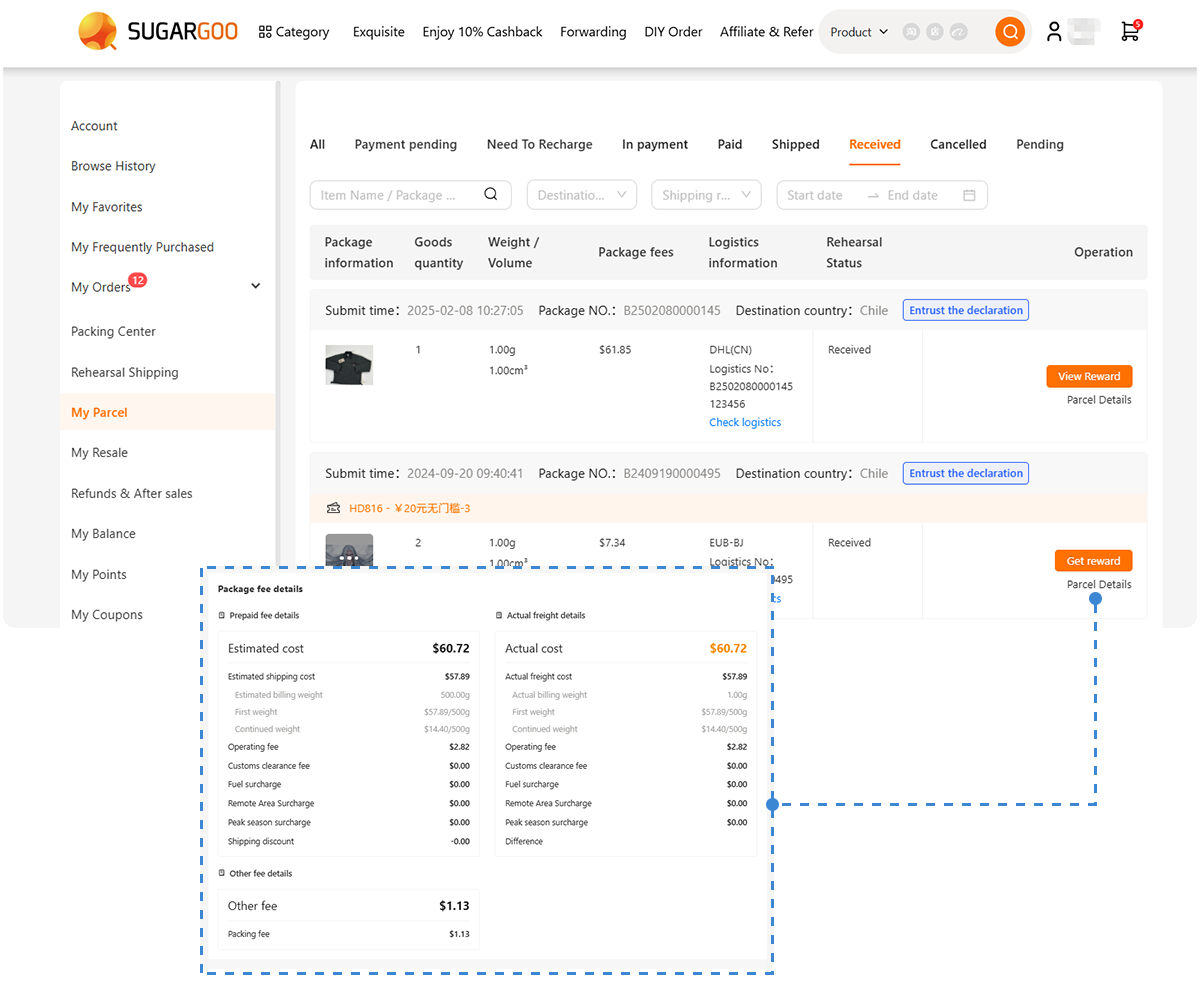Every watch tells time. But your strap tells your story.
A diver and a city worker might wear the same Seiko NH35 — yet one has a rugged NATO strap faded from sunlight, and the other sports a sleek rubber strap that survived a thousand workouts.
Both are right. Both are personal.
So which one actually fits your lifestyle? Let’s dive in.
The Real Reason People Change Straps
Most people think they change straps for fashion. But deeper down, it’s about identity.
When you switch from stainless steel to nylon, or from leather to rubber, you’re not just changing texture — you’re changing mood.
Collectors swap straps because they want their watches to match the day, the outfit, or even their mindset.
And in the world of practical, everyday wear, two straps dominate: NATO and rubber.
Each has its tribe. Each has its advantages. And the best part? Both can transform your watch without spending hundreds.
NATO Straps: From Military Utility to Everyday Cool
The NATO strap was born from necessity — created by the British Ministry of Defence in the 1970s to keep field watches secure during combat.
Made of woven nylon with a single-pass design, it was functional, breathable, and durable. Soldiers loved it because even if a spring bar failed, the watch stayed on the wrist.
Fast-forward to today, and the NATO strap has become an icon — worn by everyone from James Bond to everyday modders.
Why It Still Rocks
- Secure fit – stays attached even if one bar pops.
- Breathable – perfect for hot weather or outdoor activity.
- Quick to swap – no tools needed, just thread and tighten.
- Infinite styles – stripes, solids, vintage tones, even suede finishes.
- Affordable – easy to collect multiple and change your look anytime.
Modders often choose NATO straps for field watch conversions or Seiko NH35 divers, because they accentuate that “tool watch” personality.
You can explore NATO and nylon styles under Watch Straps — plenty of options designed for daily wear or weekend adventure.
Rubber Straps: Modern Comfort Meets Endurance
While NATO straps represent history, rubber straps are all about the future — comfort, water resistance, and versatility.
First used in dive watches during the 1960s, they evolved from stiff, industrial bands into high-performance materials like FKM and silicone.
A modern rubber strap doesn’t just survive the ocean; it thrives in it.
Why Rubber Wins on Practicality
- 100% waterproof – perfect for swimming, diving, or sweating.
- Flexible and soft – adapts to your wrist shape instantly.
- Easy to clean – a quick rinse keeps it fresh.
- Durable – resists UV, salt, and extreme temperatures.
- Stylish options – curved ends, perforations, color gradients, even carbon textures.
Rubber straps shine on diver and sport builds, especially NH35 or ETA-based mods. Pair one with a ceramic bezel and sapphire crystal, and you have a professional-level tool watch you can wear anywhere.
You can browse performance-grade options in Watch Straps or find custom curved-end types for Seiko and Citizen cases from taobao agent watch parts suppliers.
Side-by-Side: NATO vs Rubber
| Feature | NATO Strap | Rubber Strap |
|---|---|---|
| Water Resistance | Water-tolerant, dries quickly | Fully waterproof |
| Comfort | Lightweight, breathable | Soft, flexible, cushioned |
| Durability | Long-lasting, frays with wear | Extremely durable |
| Maintenance | Needs washing, holds sweat | Rinses clean instantly |
| Look | Military, casual, vintage | Sporty, sleek, modern |
| Tools Needed | None | Usually needs spring bar tool |
| Price Range | Budget-friendly | Slightly higher but long-lasting |
| Best Use Case | Field, travel, daily | Diving, fitness, summer |
Whichever you choose, you can’t lose — they both serve different moods.
If you want adventure and history, go NATO. If you want practicality and minimalism, go rubber.
Matching Your Strap to Your Lifestyle
For Everyday Wear
NATO wins for its effortless comfort and quick drying. Choose neutral colors like gray or navy for versatility.
For Workouts and Swimming
Rubber straps are unbeatable — sweat-proof and grippy. Match with brushed steel or black cases for a cohesive look.
For Watch Modders
Mix both. Keep a drawer of straps and change depending on your build. Use a spring bar tool from Watch Repair Tools to swap cleanly.
For Travel
NATO straps fold flat and fit easily into Watch Boxes & Storage — ideal for backpackers or digital nomads.
For Collectors
Rubber straps highlight dials and bezels beautifully under lighting — perfect for displaying custom builds with sapphire crystals and polished bezels.
Style & Pairing Tips
Pairing NATO with Cases
Works best with brushed or bead-blasted cases.
Looks great on field, pilot, and military-style watches.
Adds casual charm to minimalist dials.
Pairing Rubber with Cases
Ideal for divers and chronographs.
Looks sharp on polished steel or titanium.
Balances heavy watches by improving grip.
Modders often match their strap to the bezel insert tone — black bezel with black rubber, Pepsi bezel with navy NATO, etc. You can read more in the Watch Bezel Inserts Guide.
Maintenance: Keeping It Clean
Both NATO and rubber straps need care — just different kinds.
For NATO:
- Rinse occasionally to remove sweat and salt.
- Air dry fully before storing.
- Use a Watch Cleaning Cloth for metal parts.
For Rubber:
- Wipe after swimming or exercise.
- Avoid direct heat or harsh soap.
- Condition occasionally with silicone balm if it stiffens.
Taking care of your strap extends the lifespan of your entire build — especially when using movements like Seiko NH35 or ETA 2824, where case sealing matters.
The Modding Angle: Customizing Both Worlds
Watch modders rarely stop at factory straps. They mix, match, and sometimes modify fitment points for unique results.
- Cut and taper NATO straps for slimmer fits.
- Trim rubber ends to integrate with curved lugs.
- Add quick-release pins for faster changes.
- Combine NATO fabric with rubber backings for hybrid comfort.
You’ll find plenty of inspiration in the modding community, or source one-of-a-kind straps from Sugargoo or verified taobao agent sellers that supply both OEM and custom variants.
Customizing straps isn’t about luxury — it’s about creating something you can’t buy in a store.
Which Strap Should You Really Choose?
The truth? You don’t have to.
Think of your straps like shoes — different pairs for different days. A NATO strap is your canvas sneaker: casual, light, and ready for anything. A rubber strap is your running shoe: reliable, built for performance, and designed to move.
You’ll find yourself switching depending on the season, the watch, or even your mood.
And that’s exactly what makes strap swapping one of the most satisfying parts of being a watch enthusiast.
Final Thoughts: Time, Texture, and Choice
At its core, this isn’t a battle between NATO and rubber — it’s a conversation between two philosophies.
One celebrates history; the other embraces innovation. One absorbs the marks of time; the other resists them.
So don’t choose based on hype. Choose based on who you are — and how you live.
Because when your watch strap feels right, time itself feels better.
